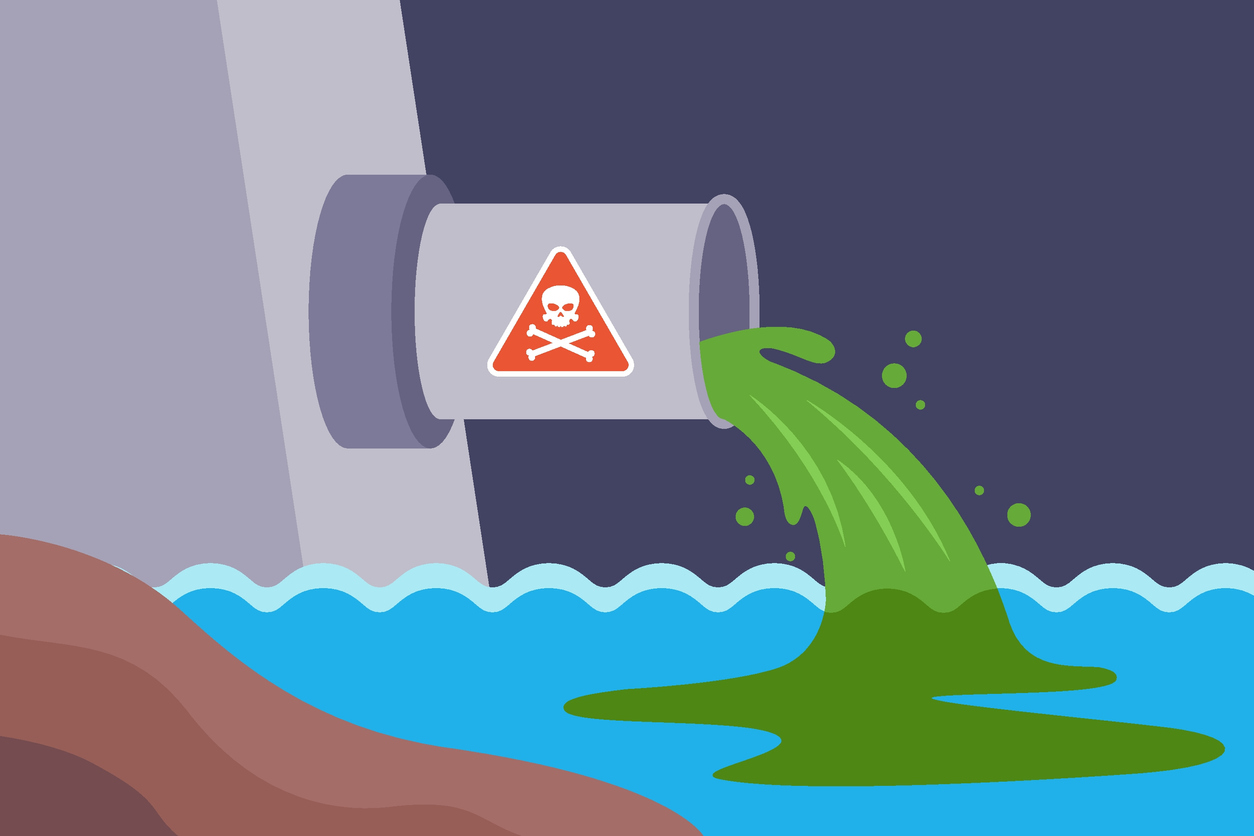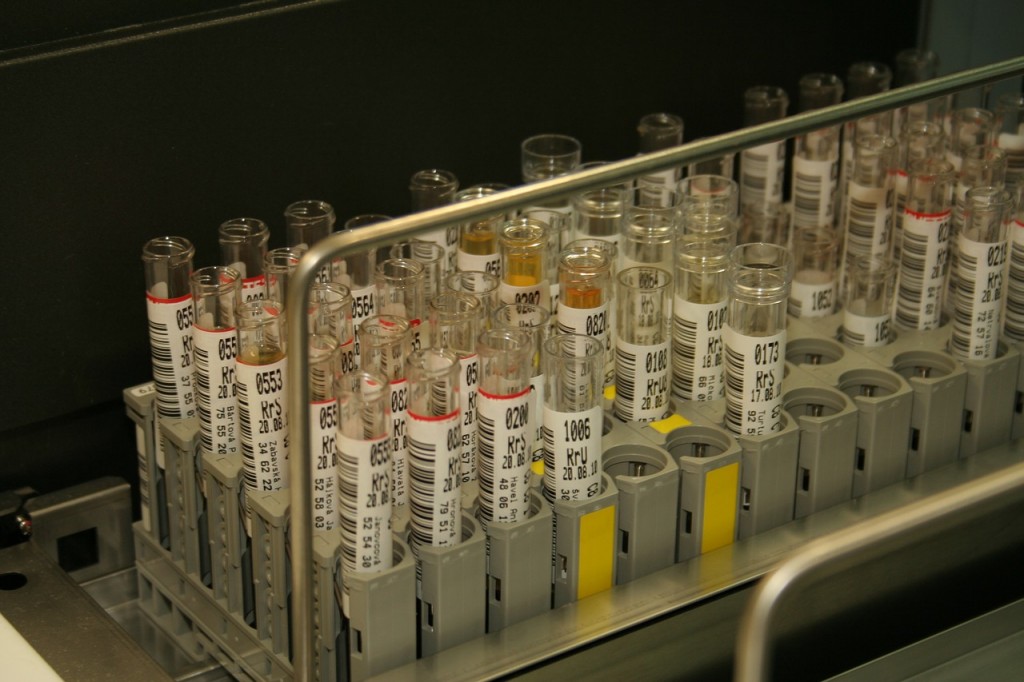Specialist Liquid Waste Removal Melbourne: Maintaining Your Setting Tidy
Specialist Liquid Waste Removal Melbourne: Maintaining Your Setting Tidy
Blog Article
How Fluid Waste Disposal Works: A Thorough Review of Methods and Technologies Utilized

Introduction of Fluid Waste Kind
The complexity of liquid waste types necessitates a complete understanding of their features and effects for disposal. Fluid waste can extensively be categorized right into a number of types, including industrial, municipal, farming, and contaminated materials. Each group shows unique buildings, needing particular management strategies to mitigate environmental and health and wellness threats.
Industrial liquid waste stems from manufacturing processes and often contains a variety of contaminants, such as hefty steels, solvents, and organic substances. Local liquid waste, primarily consisting of wastewater from homes and commercial facilities, includes organic issue, nutrients, and pathogens (industrial wastewater treatment). Agricultural fluid waste, including drainage from farms, may contain plant foods, chemicals, and animal waste, posturing dangers to water high quality and ecological communities
Hazardous liquid waste is defined by its poisoning, reactivity, or prospective to trigger injury. Understanding these diverse liquid waste kinds is critical for developing efficient disposal techniques and making certain compliance with environmental policies.
Physical Therapy Approaches

Screening is the initial action, where bigger fragments and particles are eliminated from the liquid waste using displays or grates. This procedure secures downstream devices from damage and ensures smoother procedure. Adhering to testing, sedimentation uses gravitational force to different solids from fluids. In sedimentation storage tanks, heavier particles resolve near the bottom, developing a sludge layer, while the clarified fluid can be more treated.
Filtration is an additional crucial technique that involves passing the fluid through permeable materials, such as sand or membrane layers, to record smaller fragments. This step enhances the high quality of the liquid, making it suitable for succeeding treatment procedures.

Chemical Therapy Methods
Chemical therapy techniques are crucial for efficiently taking care of liquid waste, specifically in dealing with liquified and colloidal contaminants that physical techniques might not sufficiently get rid of. These techniques make use of various chemical agents to counteract, precipitate, or transform harmful substances into much less unsafe forms.
One typical approach is coagulation and flocculation, where chemicals such as alum or ferric chloride are included in promote the gathering of suspended particles. This procedure boosts sedimentation, permitting much easier elimination of the resulting sludge. Additionally, oxidation processes, utilizing representatives like chlorine or ozone, are used to break down complex organic compounds and virus, providing the waste safer for discharge or further treatment.
Neutralization is one more important strategy, which readjusts the pH of acidic or alkaline waste streams to neutral levels, avoiding prospective view website damage to downstream systems and the atmosphere. Moreover, progressed oxidation procedures (AOPs) make use of mixes of oxidants and ultraviolet light to weaken relentless pollutants, achieving a greater degree of therapy performance.
Organic Therapy Procedures
Organic therapy processes play a vital function in the administration of fluid waste by using bacteria to break down organic matter and decrease contaminant degrees. These procedures can be generally classified into aerobic and anaerobic therapies, each using certain microbial neighborhoods to accomplish efficient waste degradation.
Aerobic therapy entails using oxygen to help with the break down of natural products by germs. This process is typically implemented in triggered sludge systems, where aeration storage tanks give a helpful atmosphere for microbial growth, leading to the oxidation of natural contaminants. The resultant biomass can be separated from dealt with effluent with sedimentation.
On the other hand, anaerobic therapy happens in the absence of oxygen, counting on different microorganisms to damage down organic issue. This technique is specifically helpful for high-strength waste, as it generates biogas, an eco-friendly power source, while lowering sludge production. Technologies such as anaerobic digesters are regularly utilized in commercial and local applications.
Both anaerobic and cardiovascular biological treatments not just lessen the ecological effect of fluid waste however additionally help with source recovery, making them crucial elements of lasting waste management methods. Their effectiveness, flexibility, and effectiveness support their extensive execution throughout various markets.
Emerging Technologies in Disposal
Innovative techniques to fluid waste disposal are quickly progressing, driven by advancements in innovation and a raising focus on sustainability. Among these emerging innovations, membrane layer bioreactors (MBRs) have gotten grip for their capacity to incorporate organic treatment with membrane layer filtering, leading to premium effluent that can be reused in different applications. MBRs make it possible for smaller sized impacts and a lot more efficient procedures contrasted to typical systems.
An additional appealing development is the usage of anaerobic digestion incorporated with nutrient healing innovations, which not only deals with liquid waste yet also creates biogas and recuperates important nutrients like nitrogen and phosphorus. This double benefit enhances source performance and minimizes ecological effect.
In addition, progressed oxidation procedures (AOPs) are being embraced for the deterioration of complex organic pollutants. These approaches use powerful oxidants and catalysts to damage down pollutants at the molecular level, offering a very efficient service for challenging waste streams.
In addition, the assimilation of expert system and machine learning in waste monitoring systems is enhancing operational performance and anticipating upkeep, resulting in decreased costs and boosted ecological compliance. These innovations show a substantial change towards even more efficient and sustainable liquid garbage disposal techniques.
Final Thought
In final thought, reliable fluid waste disposal necessitates a check my reference detailed understanding of numerous strategies and technologies. By constantly progressing these techniques, it becomes possible to deal with the growing difficulties connected with fluid waste, inevitably adding to ecological defense and source recovery.
Liquid waste disposal is a vital facet of ecological monitoring, calling for a thorough understanding of numerous techniques and innovations tailored to various waste kinds. Fluid waste can generally be classified right into a number of types, including industrial, community, agricultural, and hazardous waste. investigate this site Agricultural liquid waste, consisting of drainage from ranches, might consist of plant foods, pesticides, and animal waste, posing risks to water top quality and ecosystems.
Various physical therapy approaches play an essential duty in handling liquid waste effectively - industrial wastewater treatment.In conclusion, reliable fluid waste disposal requires an extensive understanding of various strategies and innovations
Report this page